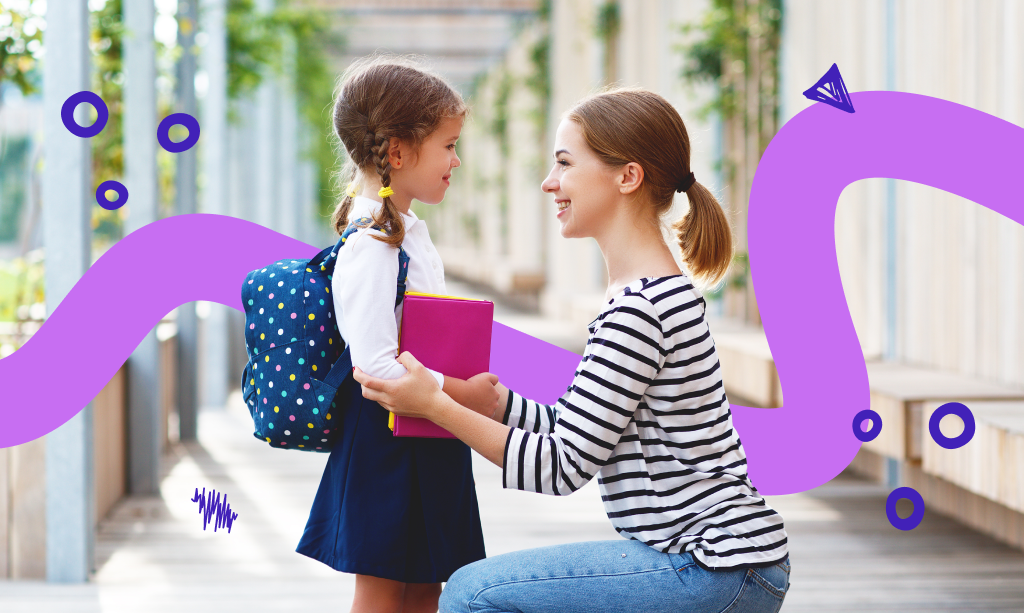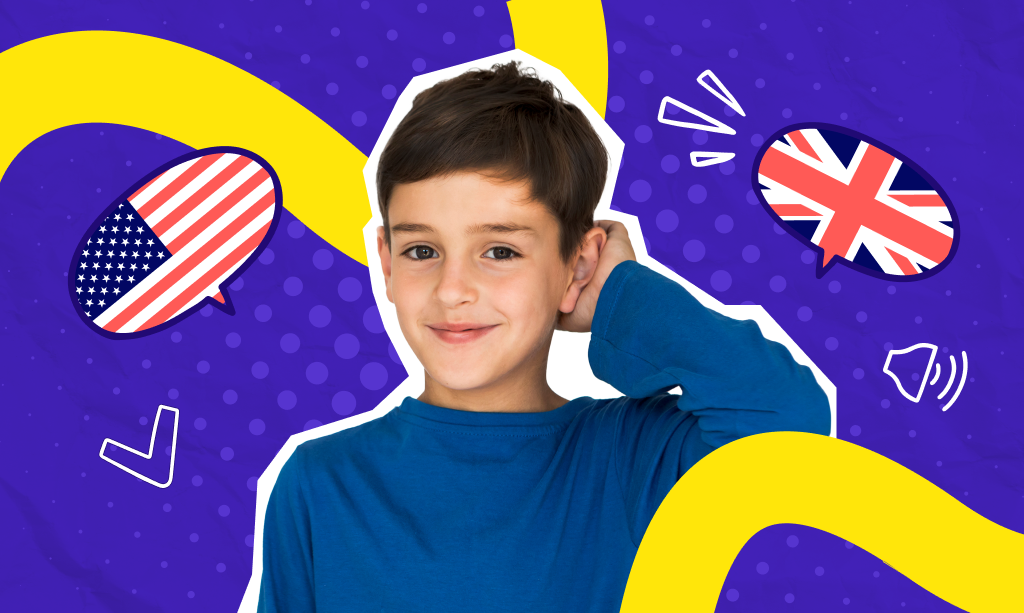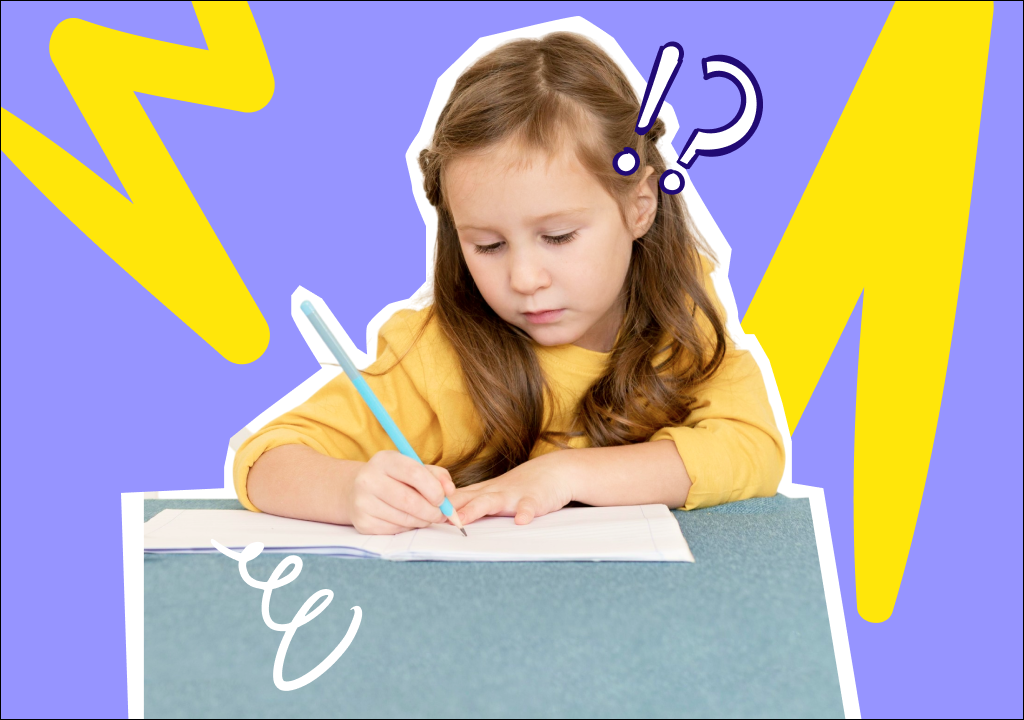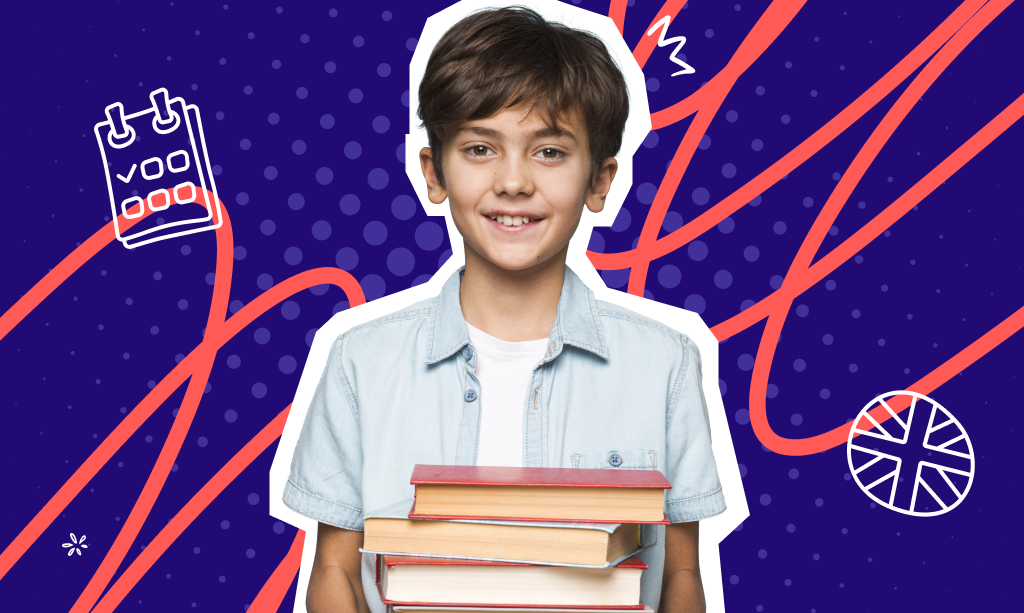- Finding the Right ESL Teacher
- Qualities to Look for in an ESL Teacher
- Matching Teaching Styles with Learning Styles
- Questions to Ask Potential ESL Teachers
Find the perfect ESL teacher for your learning style with this guide, covering key qualities to look for and where to find the best match. Enhance your learning experience by understanding your needs and asking the right questions.
Are you struggling to find the perfect ESL teacher who can cater to your learning style? With countless options available, selecting the right teacher can seem daunting. Fear not! In this article, we’ll teach you how to find the ideal match for your learning needs. From identifying your learning preferences to evaluating teaching methods, we’ll explore strategies to help you make an informed decision and find a teacher who inspires and empowers you. Sound interesting? Keep scrolling to learn more!
Finding the Right ESL Teacher
Choosing the right ESL teacher is like finding a compatible puzzle piece that fits into your learning journey. It’s about more than just qualifications and experience; it’s about finding someone who understands your learning style and can adapt their teaching approach accordingly. In today’s interconnected world, where language learning opportunities are in every direction, finding the perfect teacher is super important to your success.
From analyzing your learning preferences and setting clear objectives to evaluating teaching methods and recommendations, we’ll provide you with a guide to navigate the process of choosing a teacher with confidence. By the end of this article, you’ll be equipped with the knowledge and tools to select the right ESL teacher who will support and guide you in a way that works best for you!
Understanding Your Learning Style
The first step in choosing the right ESL teacher is understanding your learning style. Everyone learns differently, and recognizing how you learn best can guide you in finding a teacher who matches your preferences. There are three main learning styles: visual learners, who learn best through seeing and visual aids; auditory learners, who learn best through listening and verbal instruction; and kinesthetic learners, who learn best through hands-on activities and movement. Figure out which category you fit in, and go from there.
Identifying Your Own Learning Style
Identifying your own learning style can be done through various methods. Firstly, self-assessment techniques allow you to reflect on how you prefer to learn and process information. Take some time to consider whether you learn better through visual, auditory, or kinesthetic. Additionally, online quizzes and resources are available to help you determine your learning style more objectively. These quizzes often ask questions about your preferences and behaviors when it comes to learning, providing insights into which style suits you best.

Qualities to Look for in an ESL Teacher
When choosing an ESL teacher, it’s essential to consider several key qualities. If you are new to learning a new language, you may need to familiarize yourself with what qualities an ESL should have. Consider the following when choosing your teacher:
Experience and Qualifications: Look for a teacher with relevant experience and qualifications in ESL instruction to ensure they have the necessary skills and knowledge.
Communication Skills: Seek a teacher who communicates clearly, as this facilitates understanding and engagement in learning.
Adaptability and Flexibility: Choose a teacher who can adapt their teaching approach to meet the needs and learning styles of different students.
Cultural Awareness and Sensitivity: Prioritize a teacher who demonstrates cultural awareness and sensitivity for an inclusive and respectful learning environment for all students.
Matching Teaching Styles with Learning Styles
Matching teaching styles with learning styles involves tailoring instruction to accommodate different preferences and methods of learning. Depending on what your learning style will help you match with a teacher that is best suited for you.
For visual learners, teachers can utilize visual aids and materials such as charts, graphs, and diagrams to enhance understanding. Demonstrations and visual representations can also help reinforce concepts for visual learners.
Auditory learners benefit from listening activities and discussions that allow them to engage with the material through verbal interaction. They prefer verbal instructions and explanations, as they rely on auditory cues for comprehension.
For kinesthetic learners, hands-on activities and interactive exercises are essential for effective learning. Incorporating movement-based learning experiences allows kinesthetic learners to engage with the material actively and enhance retention.
Questions to Ask Potential ESL Teachers
When considering potential ESL teachers, it’s important to ask relevant questions to make sure that they meet your needs and preferences. Here’s an overview and list of some questions to ask:
- What teaching methods do you use in your ESL classes?
- Can you provide examples of activities or exercises you incorporate into your lessons?
- How do you tailor your teaching approach to accommodate different learning styles?
- What resources or materials do you typically use in your ESL classes?
- Can you provide examples of how you have successfully accommodated visual, auditory, and kinesthetic learners in your classes?
- How do you assess students’ learning styles and adjust your teaching accordingly?
- What are your availability and preferred scheduling options for ESL lessons?
- Can you accommodate flexible scheduling or specific time preferences?
- Do you offer online or in-person lessons, and are there any additional considerations for each option?
Trial Lessons and Evaluations
One way to test out and evaluate different ESL teachers is by doing a trial lesson. During a trial lesson, students have the opportunity to experience the teaching style, methods, and approach firsthand. Additionally, trial lessons provide an opportunity for students to ask questions, express concerns, and provide feedback, helping to establish clear expectations and goals for future lessons. Novakid offers trial lessons, allowing students to experience their innovative teaching methods and personalized approach before committing to regular lessons.
In summary, choosing the right ESL teacher is one of the most important things you do when choosing to learn English as a second language. By considering teaching methods, personality fit, and feedback from others, you can make a confident decision. Keep exploring until you find a teacher who inspires and supports you on your path to fluency!






































